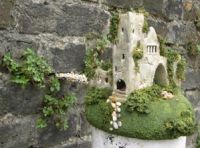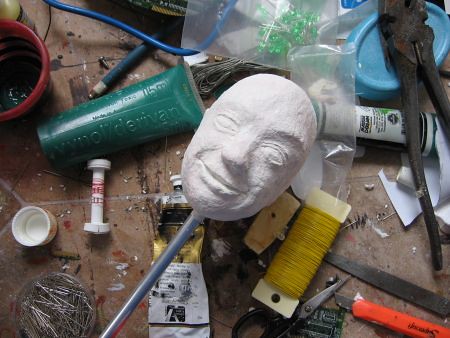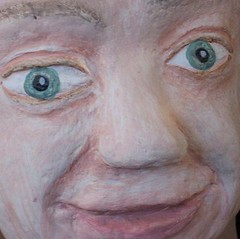I’ve been making yoghurt for a couple of months now, and I’m still blown away by how easy and good it is! I got my recipe from searching Down to Earth.
Here’s what I do:
- Mix 1 1/4 cups of powdered milk into 750ml cold water. (Or just under a litre of any kind of milk; if powdered, mix according to recommended proportions and add an extra 1/4 cup of powder)
- Heat milk in a saucepan until it is really really about to boil over.
- While the milk is heating pour boiling water into the pot the yoghurt will set it, and its lid, to sterilize them. I’m using a kg pot left over from when I last bought yoghurt.
- Tip the water out, pour the milk in.
- Put on the lid and let the milk cool to only just warm; this takes an hour or more.
- Stir in three or so tablespoons of good fresh live-culture natural yoghurt.
- Put on the lid again, wrap the pot in a towel and leave it untouched in a warm place for about 12 hours.
- Voilà! Yum!
I’ve taken to making this while I am preparing dinner, then it sits by the fire overnight, and is ready in the morning. But I’ve also had success with putting the pot in an esky with some containers of boiling water. And yes, once you make one batch you can use it to make the next.








